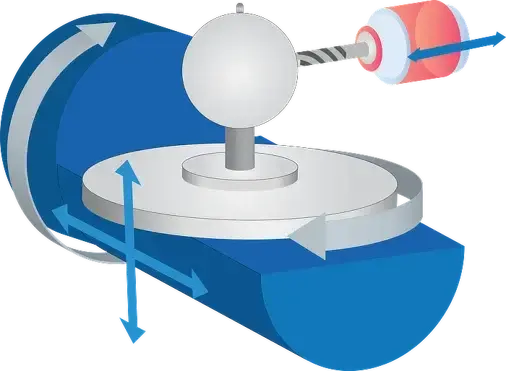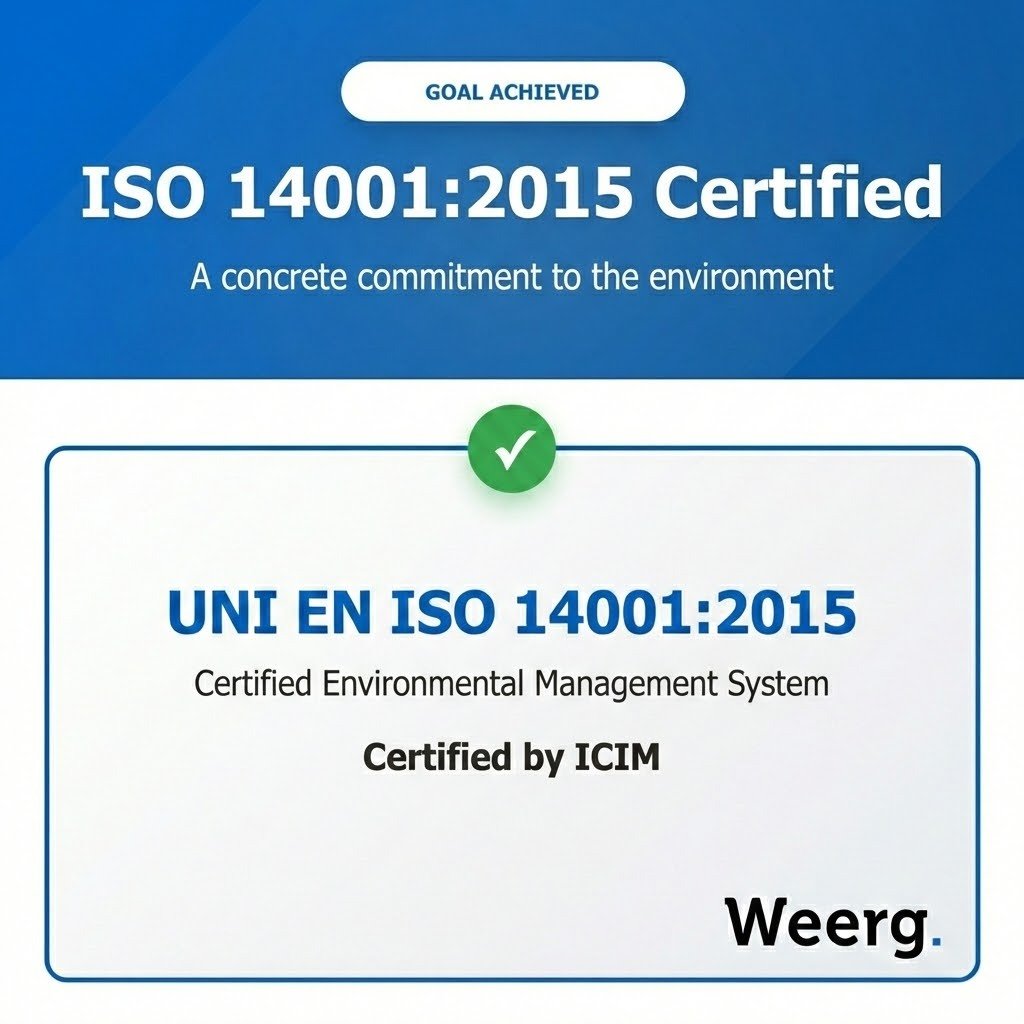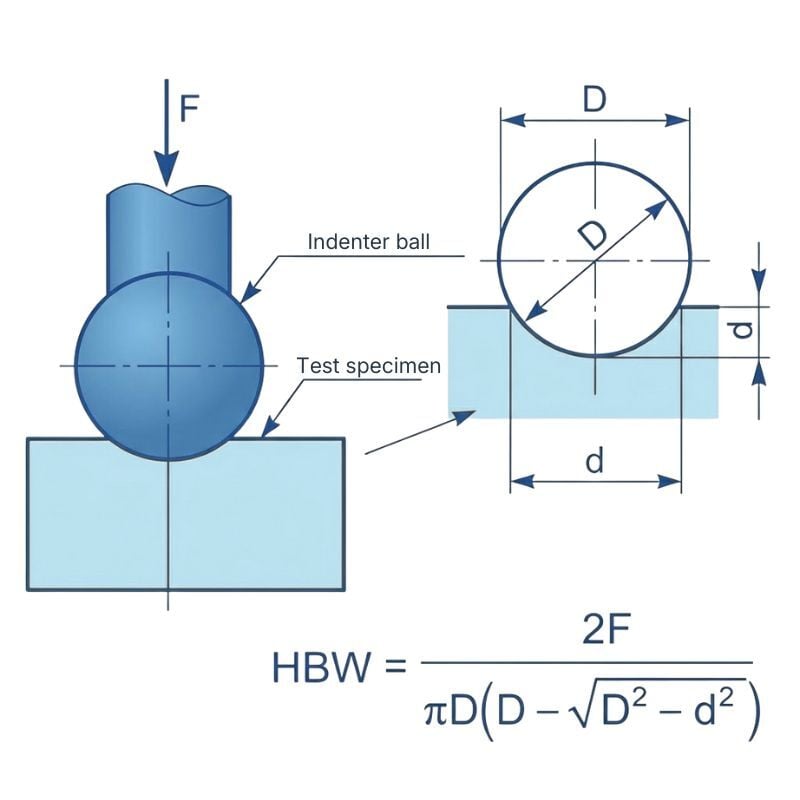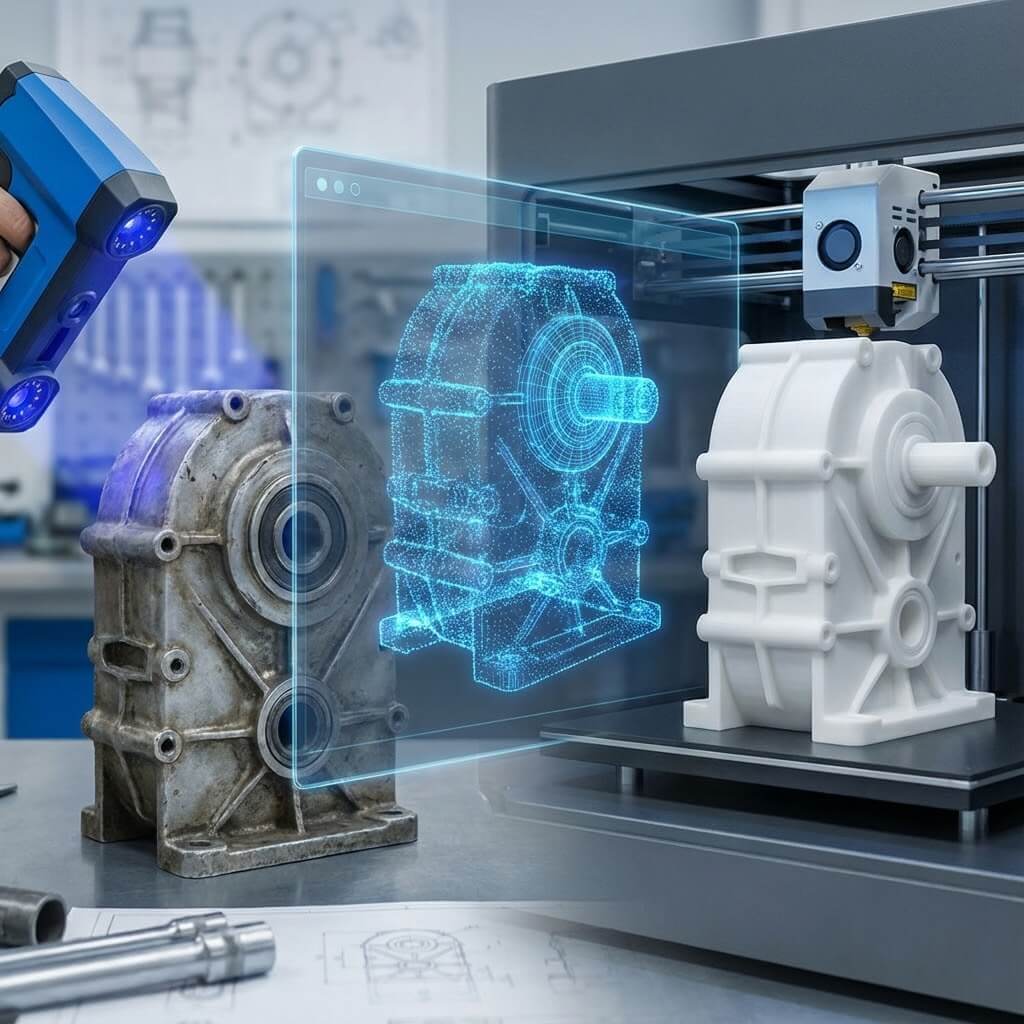3 min read
ISO 14001:2015: Our Commitment to More Responsible Manufacturing
How Environmental Management System certification strengthens the quality of our production processes and the value we deliver to our partners

Traveling back in time to Michelangelo’s day, there were no CNC online resources or the freedom to get a CNC instant quote online. The best tools that were available to use back then were a simple chisel and a hammer. Now, even though Michelangelo was able to create the iconic David statue with those said tools, they are surely not enough for today’s day and age to keep up with higher demands.
Jumping back into the present day, you have many more options you can take advantage of to fulfill your machining needs. And whether you are looking to develop a masterpiece like he did out of metal or plastics, or are seeking to raise the bar on the types of geometries that you can machine, then leveraging cutting edge 5-axis CNC machining equipment is the best way to go.
When talking about 5-axis machining, it is a more advanced technology over the traditional 3-axis version that has been utilized for decades. This particular model is able to move in five different directions, allowing machinists to have a desired five-sided approach for a single project. Most CNC manufacturers define their particular machine’s movements using the three primary axis points: X, Y, and Z (Z being the parallel to the tool spindle).
 CNC machining in progress for a stainless steel part
CNC machining in progress for a stainless steel part
For reference, 3-axis can move a part in two directions (X and Y), whereas 5-axis can rotate due to the additional two rotary axes (A and B) to support the cutting approach from all directions. This means that where 5-axis CNC machining shines in its ability to create complex shapes within a single set up, which also reduces machinist’s labor time while increasing production rates.
 Schematic representation of 5-axis machining
Schematic representation of 5-axis machining
Though we briefly covered it above, this section goes into a bit more detail on what the 5-axis in CNC actually entails. For starters, the 5 axes are paths that the tools or parts can move along simultaneously. The main ones are X, Y, and Y, and are a part of the basic Cartesian Coordinate System, which was first proposed by the well-known philosopher and mathematician, Rene Descartes, back in the 1500s. The three lines, aka axis points, intersect at a center point (the origin).
The last two axes, A and B, are a bit harder to visualize, as they rotate around the main X and Y ones. These additional points allow 5-axis CNC machining to reach advanced levels in operational streamlining over previous technologies to date.differences between the various types of CNC machining
There are tons of benefits with going with 5-axis CNC machining, with a key one being the fact that you now have more opportunity to create complex parts or designs that you once were not able to do before. No matter what the prototype is or how large it may be, you can accomplish it with 5-axis equipment while also saving time and money in the long run due to the greater precision abilities. Some other notable benefits you can expect to gain include:
If Michelangelo has access to 5-axis CNC machining or the internet to look up CNC online, then he could have pumped out hundreds, if not thousands of Renaissance masterpieces in record time. This device was built for speed, efficiency, accuracy, and diversity, and one that is undoubtedly a valuable asset today for those very reasons. And even though every manufacturing company has their own processes, more and more industries are taking advantage of 5-axis machining for its impressive benefits, making it a fundamental tool that will likely remain the preferred CNC machining method well into the future.
At Weerg we produce parts exclusively with 5-axis continuous CNC machines Hermle c42u and Mazak smooth.
Sources and further reading
https://www.5-axis.org/
https://www.engineering.com/AdvancedManufacturing/ArticleID/11930/The-What-Why-and-How-of-5-Axis-CNC-Machining.aspx
https://www.mazakusa.com/machines/process/5-axis/#:~:text=The%20term%20%E2%80%9C5%2Daxis%E2%80%9D,the%20workpiece%20from%20any%20direction.
https://blog.swantonweld.com/what-is-5-axis-cnc-machining
https://www.engineersedge.com/manufacturing/five-axis-cnc-machining.htm

3 min read
How Environmental Management System certification strengthens the quality of our production processes and the value we deliver to our partners

3 min read
The Brinell test is one of the oldest and most reliable methods for measuring the hardness of materials, particularly metals.Even today it is widely...

2 min read
Reverse engineering is an increasingly widespread practice in modern industry, mechanical design and digital manufacturing.It allows the digital...